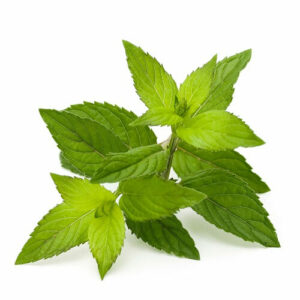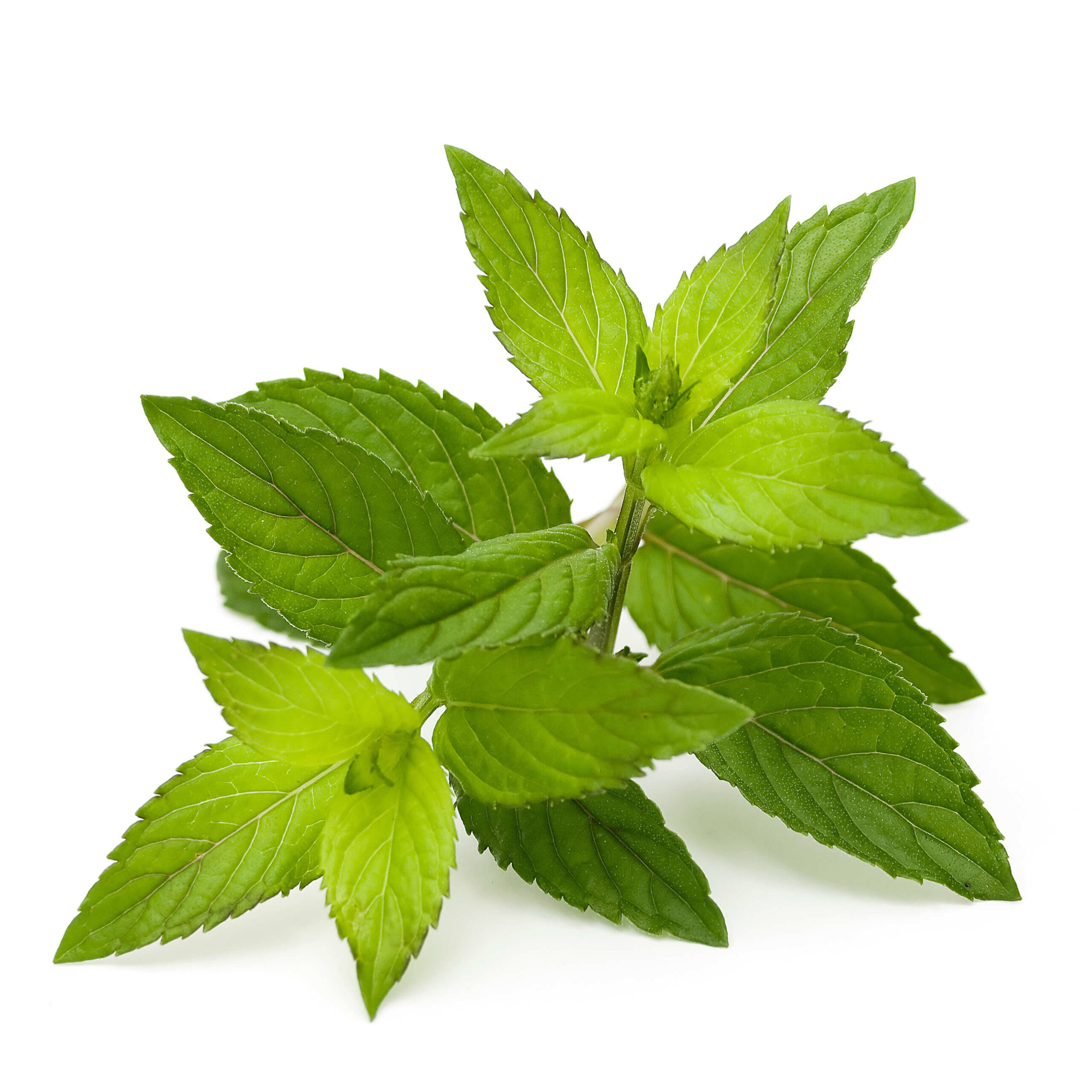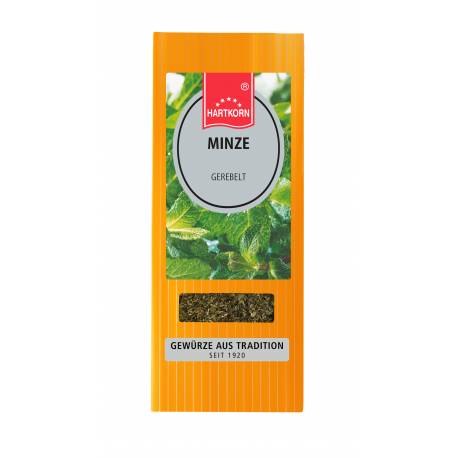Botanical family: origin: Classification: spice shape: flavor: odor: use: tip: Recipe suggestion: knowledge: Botany: Home & Spread: cultivation & extraction: history: Mint
 Botanical name:
Botanical name:
Mentha x piperita L.
flowering plants
Mediterranean countries, England
herb
leaves
aromatic spicy, later cooling
mentholar
Serves to season fruit salads, groats, cold dishes, yoghurt and dairy products as well as all dishes of the Greek and Moroccan cuisine.
Its essential oil is used in the liqueur and confectionery industry.
Especially in the hearty kitchen mint is an excellent component. Just try it, for example with minced meat dishes or other casseroles with meat and vegetables.
Zuchhini Feta Buffer: Mix 1 egg, 3 grated zucchini, 25 g flour, some zest of a lemon, 1 handful grated Parmesan, 1 tablespoon chili flakes, some dried mint, 1 pinch of oregano, some salt and pepper in a bowl. Press firmly with your hands so that the liquid can escape. Enrich with 100 g of crushed feta and then fry the meatballs in a pan with oil. It is particularly suitable for a fresh summer salad.
Mint types: There is a variety of different types of mint. In the kitchen, mainly spearmint and Moroccan mint are used. In England, on the other hand, peppermint is mainly used.
The plant has a strong rhizome and is characterized by long runners. The stems are up to 90 cm high, branched, square, often dark purple, the upper side with hairs pointing backwards or even glabrous, in the leaf axils there are small side shoots. The foliage leaves are cross-faced, all stalked, elongated-egg-shaped or lanceolate, 3 to 9 cm long, hairy or glabrous and sawed at the edge. The flowers appear in thick, elongated-rolled, at the base mostly interrupted false ears or in leaf axils of false whorls. The flower is usually red to reddish-violet in color. The flowering time is from July to September.
The mint is probably native to the Mediterranean countries as well as to England.
Mentha species are all perennials that form above or below ground runners (so-called stolons). Mint does not have any special demands on the soil. Due to its rapid spread, the plant should be limited in the home garden by a container embedded in the ground. The plants are used for 1 to 3 years. Harvesting is done exclusively before flowering in June and July by beam mowers. The fresh crop is chaffed and the leaf material is separated from the stems by wind sifting or sieving. The subsequent drying process takes place at a maximum of 42°C. The leaves are commercially available in both fresh and dried form.
Already in antiquity a variety of mint species were used. In England peppermint was first mentioned at the end of the 16th century and in Germany and Holland peppermint has been cultivated since about 1770.
http://de.wikipedia.org/wiki/Minzen








